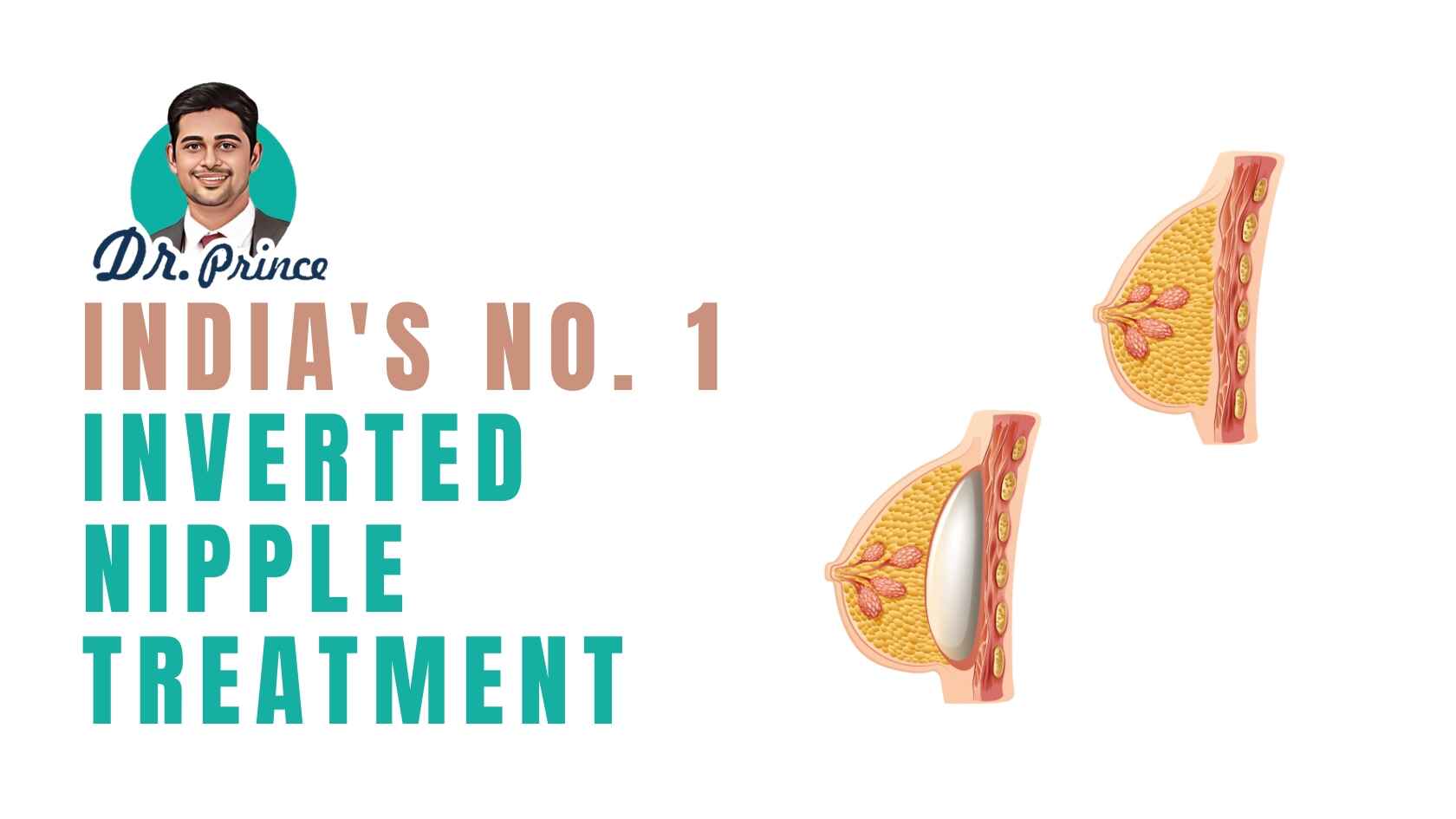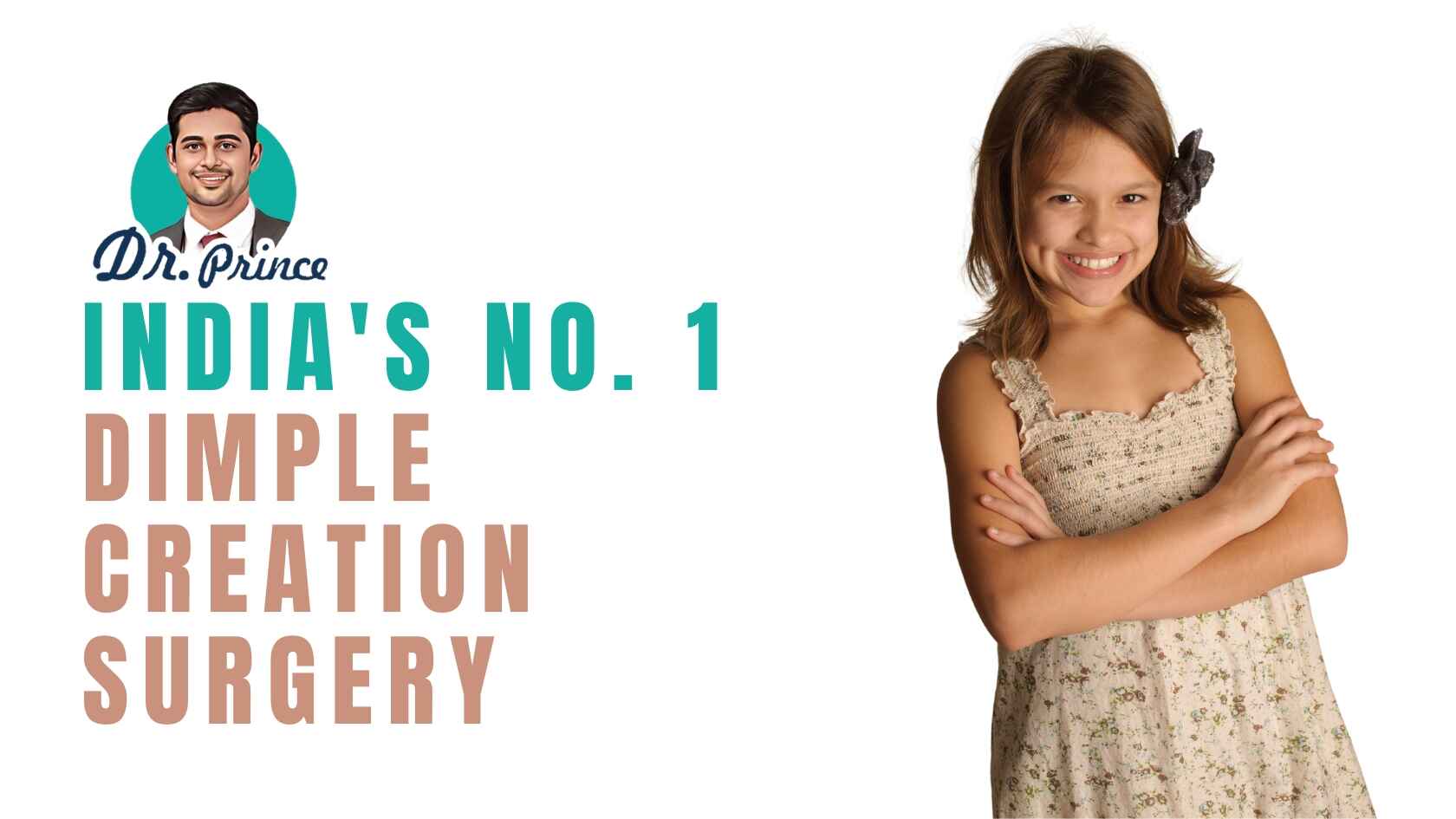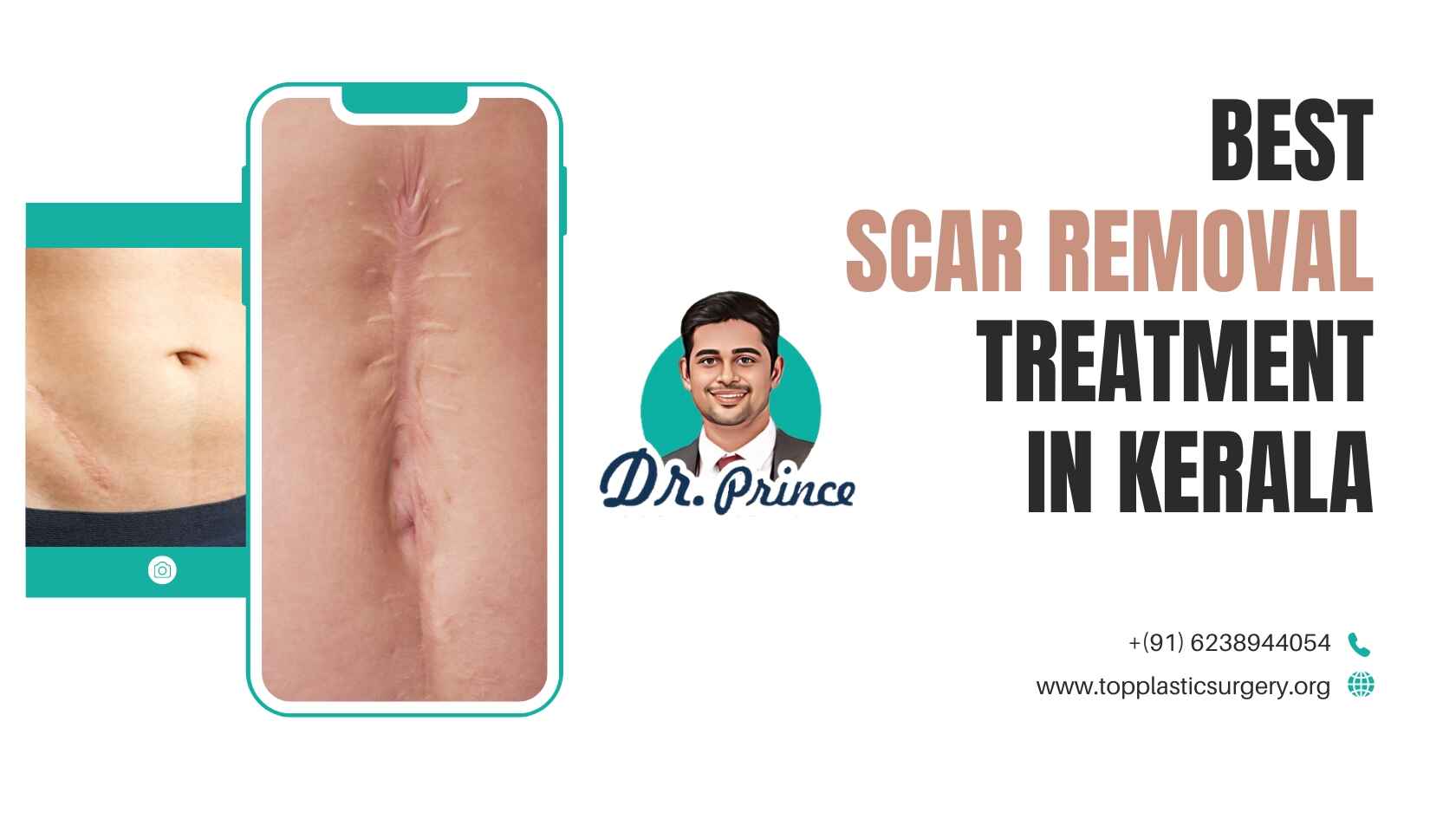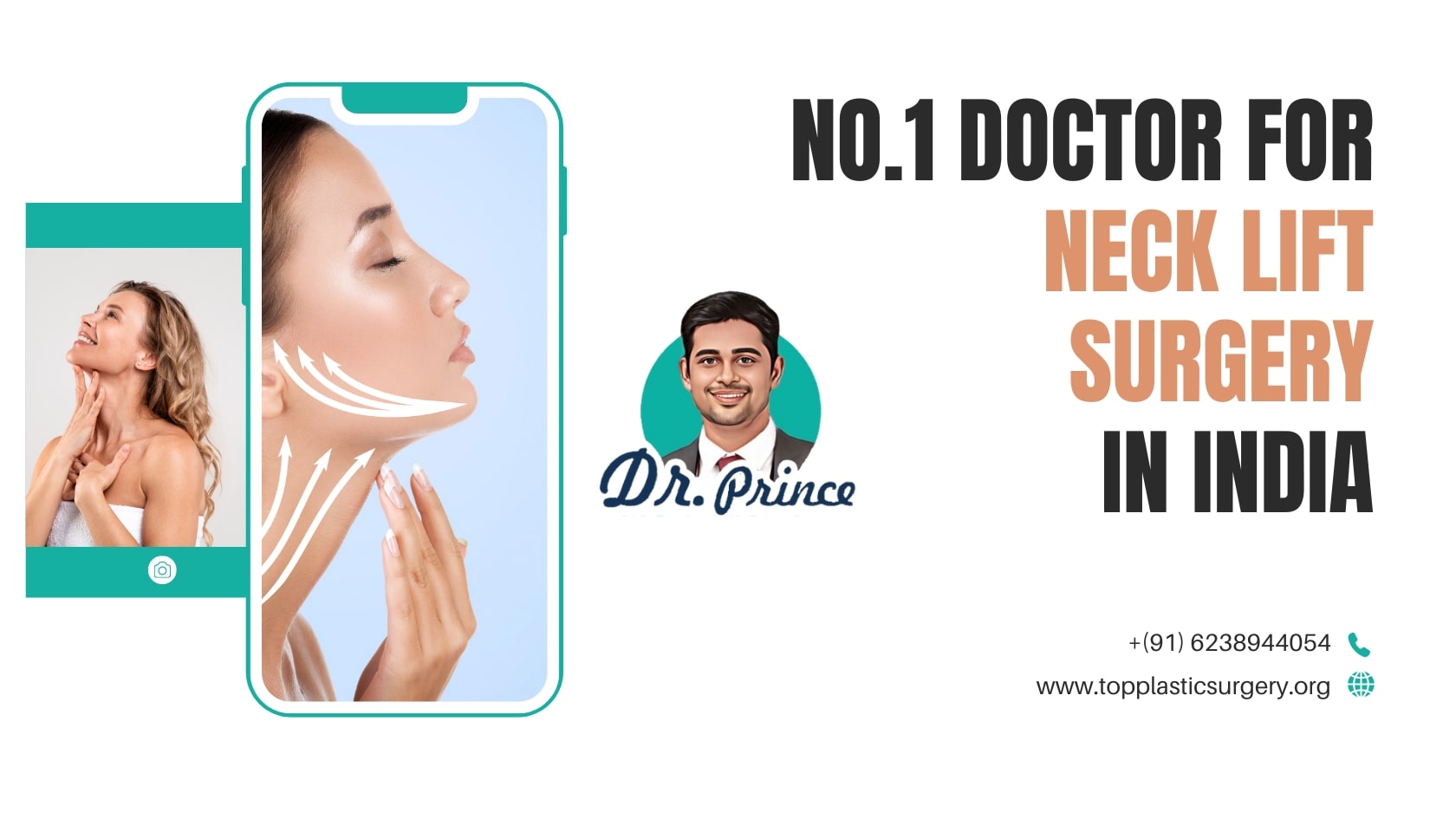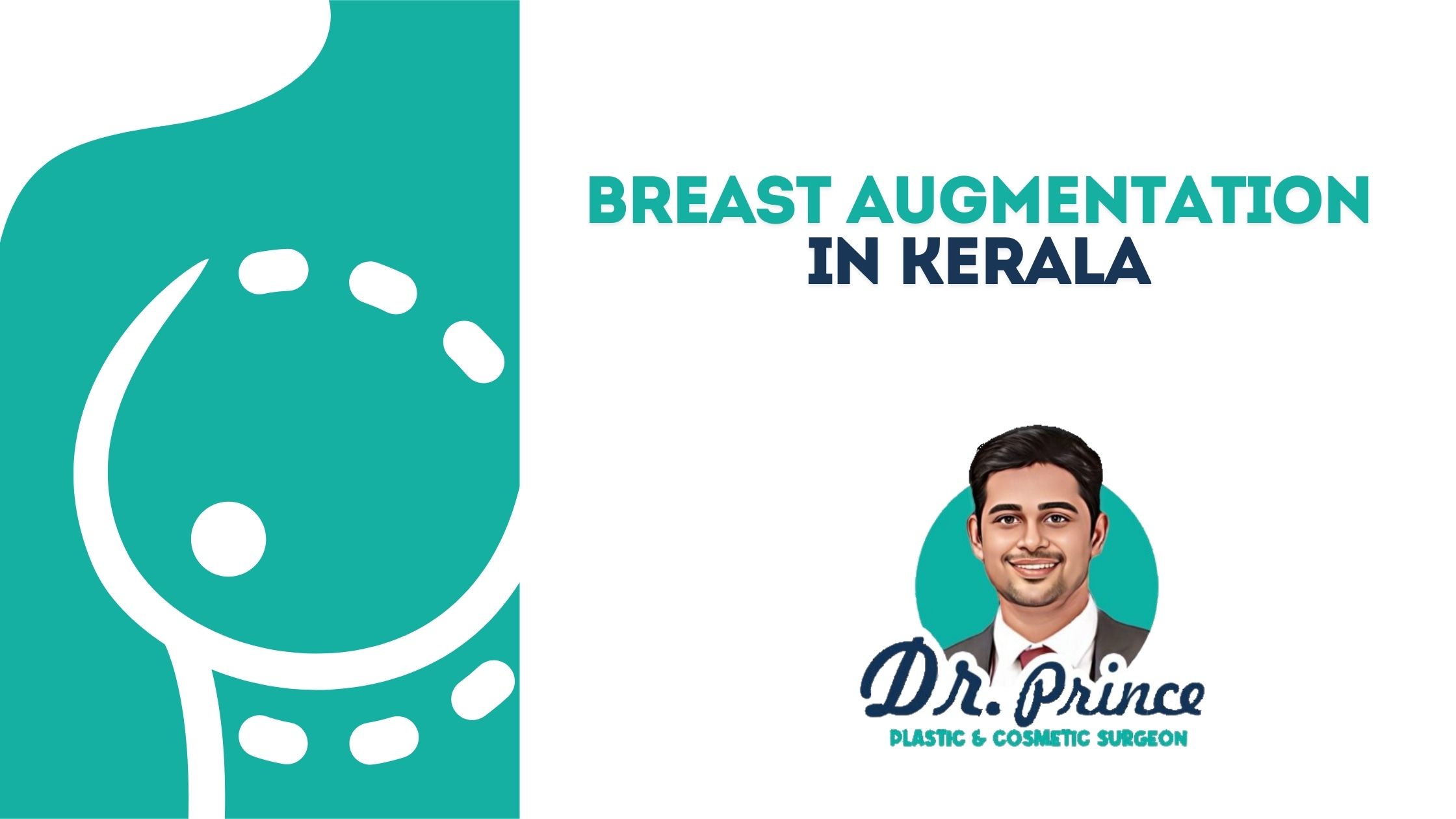Moles, though often harmless, can be a source of concern for individuals, impacting both physical appearance and self-esteem. In this comprehensive guide, Dr. Prince explores the principles, procedures, and transformative impact of mole removal—a delicate and precise intervention designed to restore confidence and redefine one’s aesthetic presentation.
Understanding Moles:
Dr. Prince initiates the guide by providing insight into the nature of moles. Moles are clusters of pigmented cells that can appear anywhere on the skin, ranging in size, color, and shape. While many moles are benign, their appearance, location, or changes over time may prompt individuals to seek mole removal for both cosmetic and health-related reasons.
Patient Consultation:
A pivotal aspect of successful mole removal lies in a thorough patient consultation. Dr. Prince delves into the importance of understanding individual goals, addressing concerns, and assessing the unique characteristics of each mole. This collaborative process ensures a personalized approach that aligns with the patient’s vision for a smoother and more uniform skin surface.
Types of Moles:
The guide navigates through the different types of moles, including common moles, dysplastic nevi, and congenital moles. Dr. Prince explains the distinctions in appearance and potential risk factors associated with each type, offering a comprehensive understanding that informs the decision-making process for mole removal.
Indications for Mole Removal:
Dr. Prince explores the various indications for mole removal, ranging from cosmetic reasons to addressing potential health concerns. The guide emphasizes the importance of careful evaluation, especially when moles exhibit changes in size, shape, color, or texture, as these alterations may warrant closer scrutiny and removal.
Non-Surgical Mole Removal:
Non-surgical options for mole removal, such as laser therapy and topical treatments, are examined for their effectiveness in certain cases. Dr. Prince discusses how laser therapy can target pigmented cells in the mole, causing them to break down and fade over time. The guide explores the artistry involved in achieving natural-looking results without surgical intervention.
Surgical Mole Removal:
For moles requiring surgical removal, Dr. Prince discusses the different techniques, including excision and shave excision. The guide navigates through the surgical process, from local anesthesia to precise removal and closure. The importance of minimizing scarring and achieving optimal aesthetic outcomes is emphasized, showcasing Dr. Prince’s dedication to meticulous surgical techniques.
Mole Biopsy and Pathology:
In cases where there are concerns about mole irregularities or potential malignancy, Dr. Prince explains the process of mole biopsy and pathology. The guide outlines how a small tissue sample is obtained for examination, providing a definitive diagnosis and guiding further treatment if necessary.
Recovery and Post-Operative Care:
Understanding the recovery process is crucial for patients undergoing mole removal. Dr. Prince provides insights into post-operative care, managing discomfort, and minimizing scarring. Realistic expectations regarding healing time and the gradual fading of any residual pigmentation are explored, fostering confidence and reassurance.
Patient Testimonials:
Adding a personal touch, Dr. Prince shares testimonials from individuals who have undergone successful mole removal under his care. These narratives provide authentic insights into the experiences, concerns, and positive transformations that patients have encountered on their journey to mole-free skin.
Potential Risks and Complications:
The guide provides an honest discussion of potential risks and complications associated with mole removal, including infection, scarring, and changes in pigmentation. Dr. Prince emphasizes the importance of selecting a qualified and experienced practitioner to minimize these risks and ensure patient safety throughout the procedure and recovery.
Cost Considerations and Financing:
Practical aspects, including the cost considerations associated with mole removal, are addressed. Dr. Prince discusses factors influencing costs, potential financing options, and the value of investing in the transformative impact of mole removal on self-confidence and well-being.
Consultation and Customized Plans:
The guide concludes by emphasizing the importance of a personalized consultation. Dr. Prince encourages individuals considering mole removal to seek professional advice, discuss their unique goals, and collaborate with a skilled and experienced practitioner to develop a customized plan tailored to their specific needs.
Conclusion:
Dr. Prince’s comprehensive guide on mole removal serves as an enlightening resource for those exploring the possibilities of achieving smoother, blemish-free skin. By combining surgical expertise with a patient-centered approach, the guide reflects Dr. Prince’s commitment to unveiling confidence and redefining one’s aesthetic presentation through the delicate and transformative art of mole removal.


